According to Digiday and impact.com research, 57 percent of commerce content publishers need to do more with what they have this year.
Mining your affiliate tracking data for optimization opportunities allows you to expand your program without much additional investment. This data tells you:
- How your content performs
- How to optimize your program strategy
Most affiliate networks provide insight into sales, commissions, clicks, and order information. Others even offer transaction and product information, but that isn’t the complete picture.
When you need more specific information, you turn to subIDs.
What is a subID?
A subID (or sub-identifier) is an affiliate link parameter containing information about a conversion. You can usually find a subID at the end of an affiliate link.

Depending on how you use subIDs, they can elevate your reporting by providing visibility into different types of information.
The information most commonly tracked in subIDs include:
- Channel: How the link is distributed (Facebook, email, etc.)
- User/editor: Who made which link
- Date: When a link was created or embedded
- Article: Which article or page the link lives on
- Content type: Was this link for a gift guide, review, or something else?
- Google ads: Which ad was responsible for the conversion
- Link type: How the link was used (call-to-action button, regular text, newsletter ad, etc.)
- Vertical: Which vertical the product is in
- Website: Which website was the link used on (for programs spanning multiple websites)
The best way to use subIDs depends on your publication’s goals and strategy.
How subIDs track affiliate conversions
When a user buys a product using an affiliate link, the tracking parameters give the publisher and the brand valuable data about the purchase.
SubIDs—one of many parameters in an affiliate link—allow publishers to identify different factors that do (or don’t) increase conversion rates.
Some networks, such as the impact.com Marketplace, can attach multiple subIDs to one affiliate link for broader insights.
SubID parameter names vary across networks, adding another layer of complexity. Though you can manually drop in subID values, this approach is hard to manage when creating links in multiple affiliate networks with different parameter names.
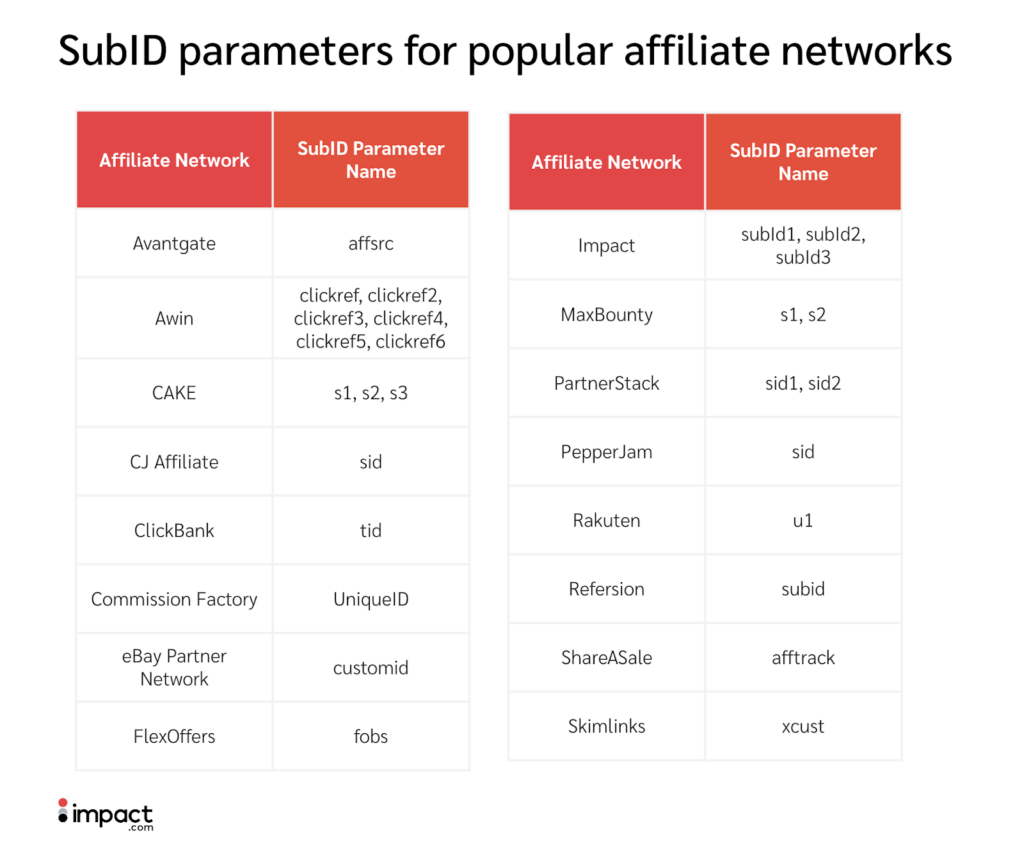
How to use subIDs to increase commerce content revenue
SubIDs provide the information you need to drive affiliate success forward. When used thoughtfully, you can uncover valuable insights such as:
- The content amplification strategies that work best
- The ideal position of affiliate links in your content
- The highest-converting products for your audience
See a few key examples of how to use subIDs to boost commerce content revenue.
Gain more data granularity
As your commerce content program grows, it gets more challenging to track what works and what doesn’t. You want to funnel precious resources into high-return efforts, but you may not have enough information to make data-driven decisions.
SubIDs can dive deeper into your affiliate performance, allowing you to slice and dice your data in many ways. Strategically choose the information your subIDs will collect and gain more precise, helpful insights to steer your strategy.
Example: How subIDs enhance affiliate reporting
Say you want to understand what type of commerce content nets the most commissions across your website.
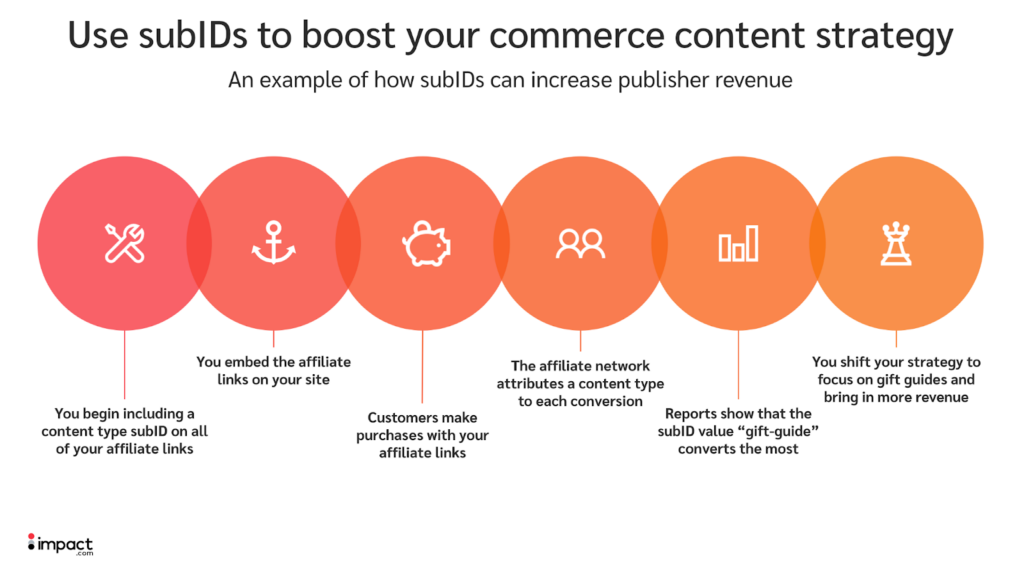
Using subIDs, you take the following steps:
- Add a subID to all of your affiliate links that specify content type
- Embed these links into the appropriate places on your website
- Check your reports to find the subID value connected to the most conversions (in this example, it’s “gift-guides”)
- Tailor your editorial calendar to your audience based on your subID data (in this example, you start producing more gift content because it converts the most)
The additional data granularity gives you more visibility into what works, allowing you to make more strategic decisions and earn more revenue long-term.
Makes A/B testing possible
SubIDs help you run A/B tests (split tests). A/B testing is the backbone of conversion optimization. During a test, you randomly present multiple versions of a variable to users to see which version drives more conversions.
Some common testing variables for affiliate marketing include:
- Call to action (CTA) copy
- CTA appearance (e.g. button color, page placement, etc.)
- Email subject lines
- Content length
- Content depth
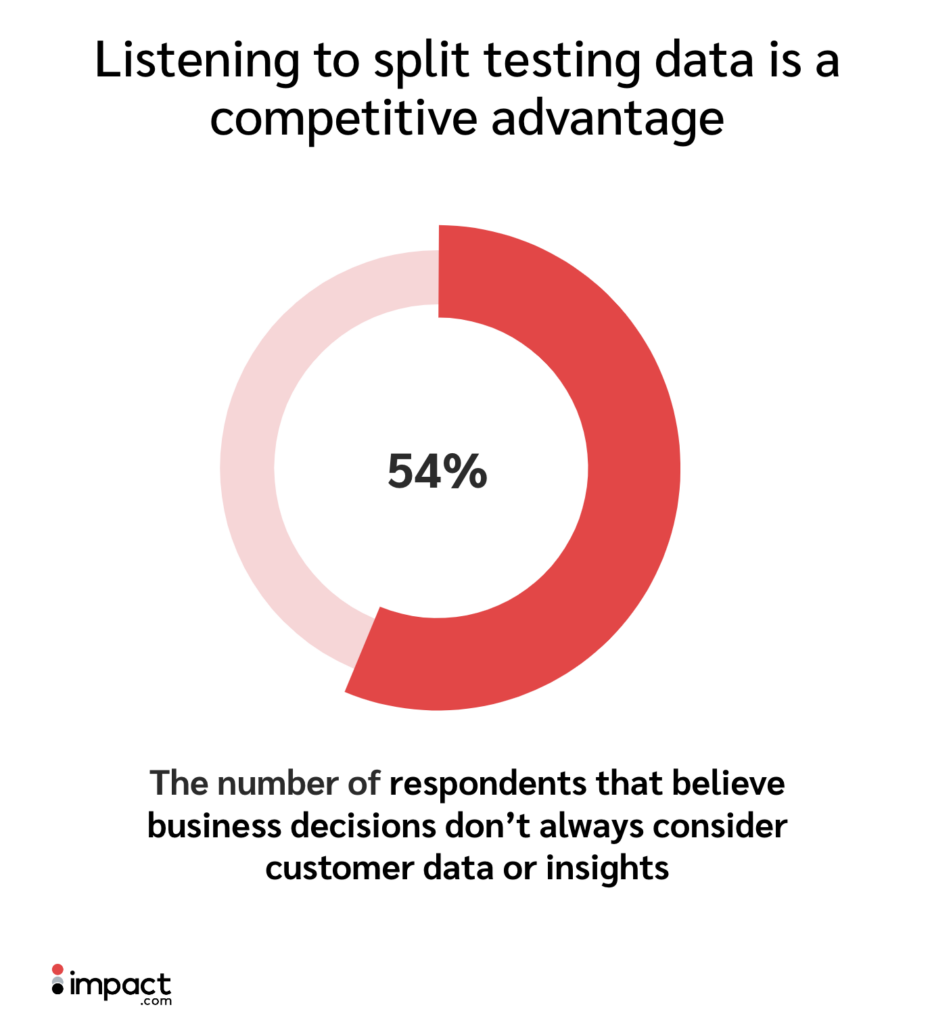
A/B testing can put you ahead of your competition. According to Speero research, over half of the respondents said business decisions don’t always consider customer data or insights.
Example: How subIDs help with A/B testing
Say your team is debating whether product reviews should disclose price on-page as a best practice.
You run an A/B test to ensure that you’re making a data-driven decision.
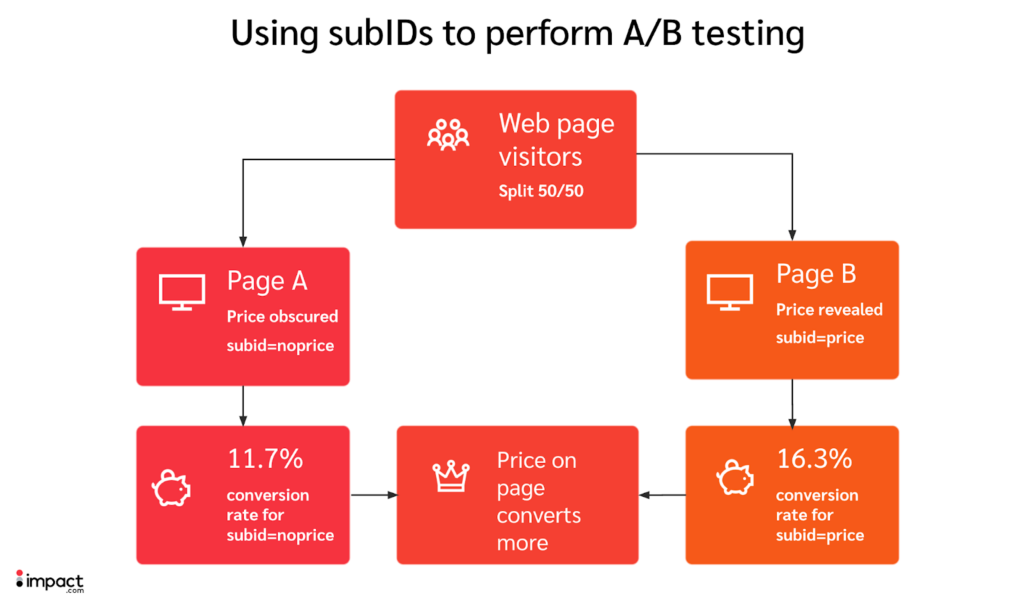
To solve this problem using subIDs, you do the following:
- Create two identical reviews except for your testing variable (i.e., one discloses the product’s price and the other doesn’t)
- Assign a subID to each product link to differentiate them in your reports (“subid=noprice” and “subid=price”)
- Send half your traffic to each page using a split-testing tool
- Review your affiliate network reports to see which subID value drove the most conversions (the subID value “price” converted more)
- Change your strategy based on your subID data (in this case, you’d start incorporating prices into your product review content)
The A/B test shows what performs best, providing the information you need to make a data-driven decision and optimize your content.
Solving common subID challenges with automation
SubIDs can open a world of potential for your commerce content data. Still, they don’t come without challenges—particularly as your program scales.
Like most publishers, you likely use different networks to create affiliate links. While working with multiple networks provides access to more products and commissions, you then need to log into each network to perform basic tasks such as:
- Generate links
- View link data
Automating your subID management makes overcoming these problems more manageable.
Problem 1. SubID naming conventions
Similar to UTM parameters, you must standardize subID names for clean reporting. Inconsistent subID tagging fragments reports and makes gaining a holistic view of your program difficult.
Affiliate automation tools can standardize your subIDs and make it easier to analyze your performance.
For example, Trackonomics by impact.com’s Chrome Extension allows you to create standardized affiliate links for multiple networks in one place. Sixty-two percent of publishers surveyed for Digiday and impact.com research named affiliate link creation the most successful technology or vendor they’ve implemented.
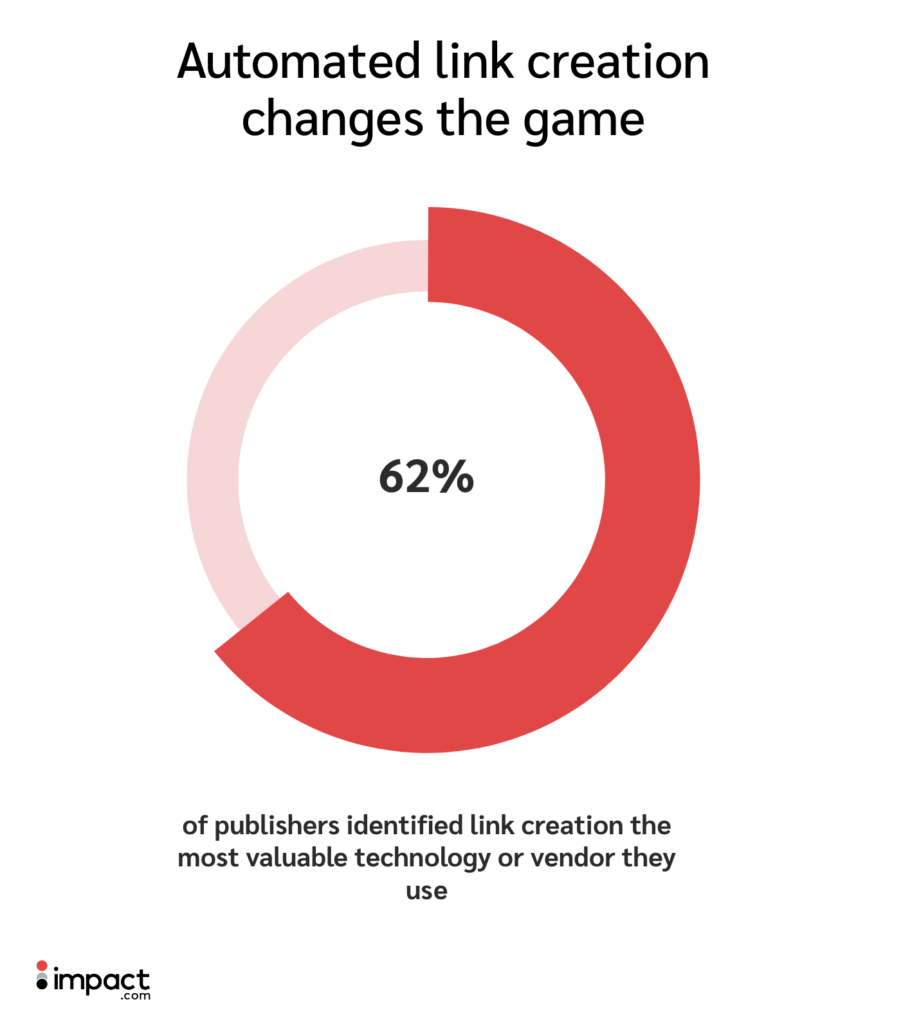
Problem 2. Fragmented subID data across networks
When you create affiliate links in multiple networks, subID data is siloed off. This makes it impossible to gain holistic insights without manually aggregating your data into a spreadsheet— a time-consuming and error-prone process.
That’s why 40 percent of publishers surveyed for Digiday and impact.com research use affiliate network data aggregation to help drive commerce content revenue.
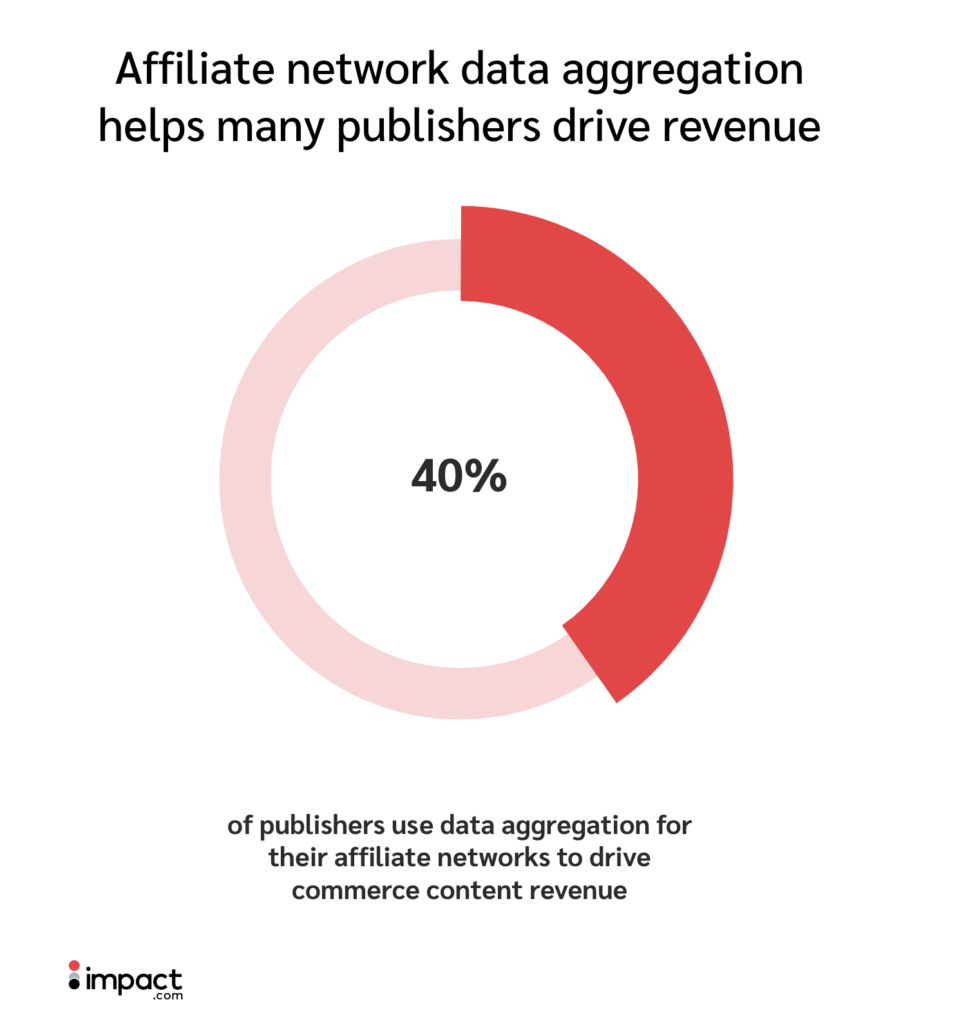
Aggregation tools like Trackonomics by impact.com address data challenges by automatically uniting data from multiple networks to give you a complete view of your program’s performance.
Problem 3. Character limits restrict what subIDs show
It’s tempting to pack as much as possible into your subIDs, but some networks have strict character limits. Focus on the information with the most potential impact on your commerce content program’s bottom line.
When your program reaches a certain scale, you grow out of basic subID reporting. You may find that:
- Your subIDs aren’t granular enough to provide the correct information
- Logging into each network to see your subID data takes too much time
Automation tools like Trackonomics by impact.com’s Funnel Relay feature pull valuable information straight from your website’s pages and unites it with link data to create an advanced report—eliminating the need for subIDs.
Automate your subID tracking with impact.com
Gaining insight into your data and automating manual tasks are essential to growing your commerce content program. The less time you spend managing your tracking, the more time you can focus on creating content that inspires your audience to convert.
Trackonomics by impact.com—part of the impact.com for Publishers suite—allows you to create, analyze, and optimize affiliate content at scale.
Contact our experts to learn more about how Trackonomics can automate your subID tracking and other aspects of your program.
For more ideas about increasing your commerce content revenue, check out these impact.com resources:






